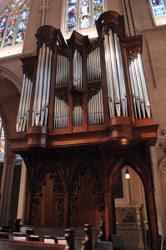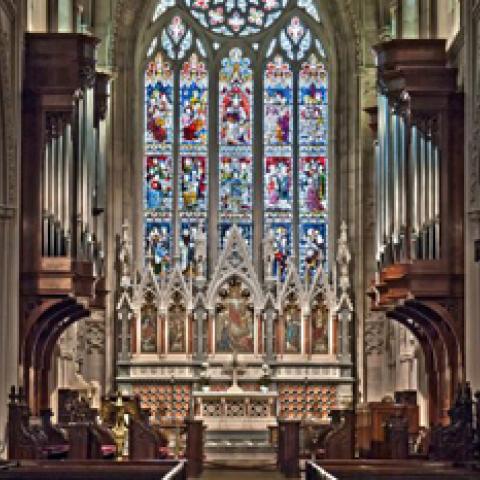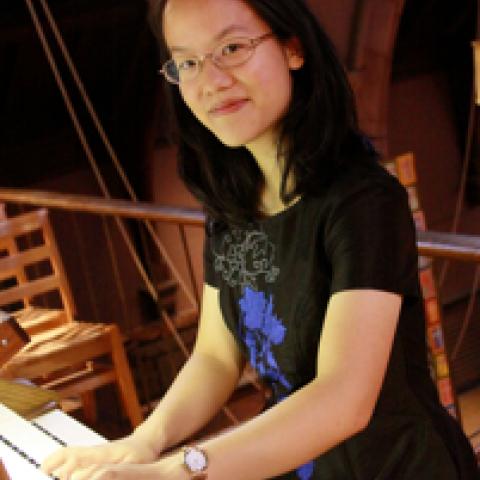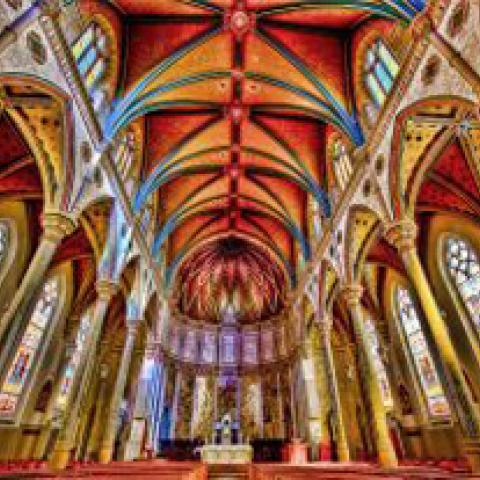
Grace Church in New York announces The Amsterdam—New Amsterdam International Organ Festival, Thursday through Saturday, January 12–14, 2017.
Presenters include Matteo Imbruno, successor of Jan Pieterszoon Sweelinck and organist of De Oude Kerk, Amsterdam, and Patrick Allen, organist and Master of Choristers at Grace Church in New York. The festival will offer the opportunity to study the music of the Sweelinck and his students with his successor in private lessons and master classes.
Concerts by the featured artists take place Thursday and Friday at noon and 8:00 p.m. A participants concert will be held on Saturday at 4:00 p.m.
Grace Church houses the Bicentennial Organ, Opus 65, built by Taylor and Boody Organbuilders, Staunton, Virginia.
For information: http://music.gracechurchnyc.org/2016/11/02/12-14-january-2017-the-amsterdam-new-amsterdam-international-organ-festival/
E-mail: pallen@gracechurchnyc.org
Matteo Imbruno, a native of Pietramontecorvino, Italy, studied organ in Bologna (Liuwe Tamminga), Rotterdam (Bernard Winsemius), and Lübeck (Martin Haselböck). He is resident organist of the Oude Kerk in Amsterdam, the same position that Jan Pieterszoon Sweelinck held in the 17th century. He is also the resident organist of the Museum Amsterdam Hermitage. He was visiting teacher at the Buenos Aires Conservatory, University of Rosario, University of Mendoza (Argentina), Montevideo Conservatory (Uruguay), Arizona State University (Phoenix USA) and Brown University (Providence USA).
Patrick Allen—conductor, harpsichordist, and organist—is a native of Tallahassee, Florida. Since 2000 he has served as Organist and Master of Choristers at Grace Church in New York. In addition to his work training the choristers, conducting the Choir of Men and Boys, Girls’ Choir, Parish and Adult Choirs, and supporting the liturgies of Grace Church, he founded and plays the “Bach at Noon” and “Weekend Organ Meditation” series at the Church. Patrick Allen holds degrees from the University of North Texas, Florida State University, and the Eastman School of Music. In Amsterdam, Allen worked with Gustav Leonhardt, Max van Egmond, and Veronika Hampe.






